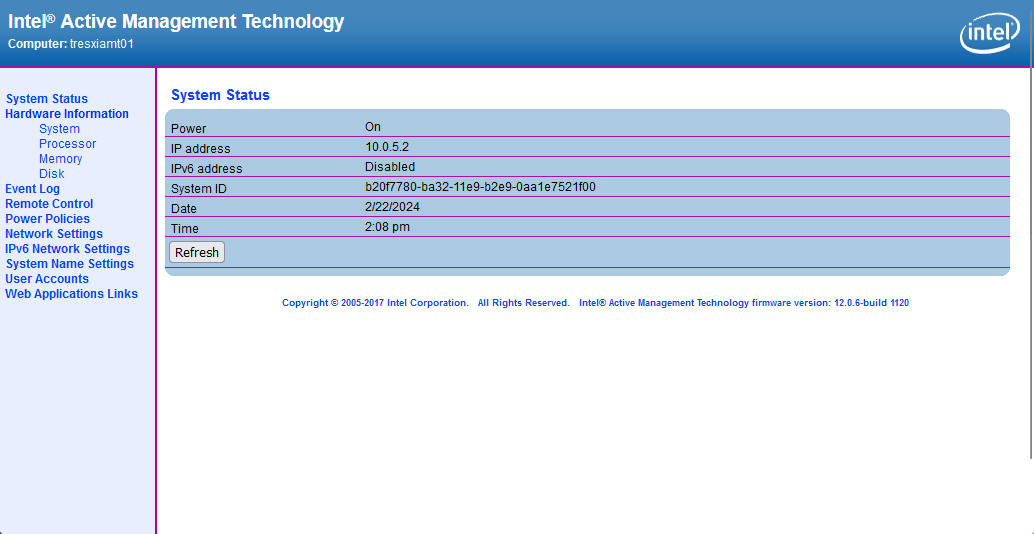You aren’t a moron at all. If you haven’t been exposed to it I wouldn’t expect you to know what it is.
So virtualization is kind of like taking multiple computer operating systems and running them on one physical server. So instead of needing a physical server for each system, you can run dozens. Then you can have clusters of physical machines that are running hundreds of virtual machines (computers) per cluster.








There are good people and bad people all around the world. The bad people sometimes tend to be a little bit louder than the good people and sometimes drown out the people that are kind and genuinely do care about others.
So while, no, I’m not going to tell you that there are not a lot of bad people in the world we live in. There are good people too. Pick and choose the people that you surround yourself with and surrounding your self with kind people can make a world of difference.